Frequently asked questions
Contents
If you have a question we haven’t covered, just drop us a line or call us on +44 (0)1273 732888.
Why do the group sizes need to be so small?
We limit the number of attendees on our live in-person or remote courses to ten. The reason is simply that we find people learn best in groups of no more than eight to ten.
Having larger groups affects how long activities take and changes the group dynamic: it can discourage shyer attendees from taking part and limits sharing in discussions.
Effective training happens through active learning, including supported (and tailored) practical elements. Increasing the group size compromises how personalised and practical courses can be.
Is the training suitable for non-native speakers of English?
Our courses aren’t ESOL (English for speakers of other languages) courses. They’re not designed to introduce new second-language speakers to the basics of the English language. What they are about is the best ways to use the English language to create effective writing in the professional world.
But our trainers’ experience does mean that they understand and can support the typical challenges English-learners face.
Many of our trainers have experience as ESOL or TEFL (teaching English as a foreign language) teachers, and enthusiastically welcome the presence of non-native speakers on courses.
In short, non-native English speakers with a proficient grasp of English will certainly benefit from the courses – including even in some ways that native speakers don’t.
How much will the training cost?
For our bespoke in-company training, this is a tricky one to give a short or absolute answer on. The cost will depend on many factors, including the number of delegates, the extent of the tailoring, and the elements you choose to include.
For a single course for eight to ten people, the price will range from £3,000–£3,900, or £300–£390 per delegate – as compared with £495 per delegate on a scheduled open course.
We’ll be able to tell you exactly how much you can expect to pay once we’ve spoken with you and understand your requirements.
If you’d like to read a longer explanation of our pricing, you can do that here.
How can we make sure the training makes a difference?
This is a great (and big!) question.
It’s important to remember that you can’t look at a course as being an instant fix in itself: just as you wouldn’t expect one piano lesson to turn you into Beethoven.
We can teach the techniques that have the potential to make a huge difference to your team’s writing during that course. But we’re talking about picking up skills and changing habits here. That doesn’t happen in one day: it takes time and ongoing practice.
Another big question to ask is what environment will the delegates be using their new skills in? Will their new style of writing be welcomed and encouraged? Will managers and senior staff be familiar with these changes and why they’re being made?
One barrier we often hear about from delegates is that, while they can see the benefit of switching to this clearer and more direct style of writing, their managers will object to it. They may even ‘correct’ it – or, rather, change it back to the more familiar (but wordy and less impactful) business-ese style.
This is why an incredibly powerful approach, if possible, is to train from the top down.
Run an initial session with the senior team or C-suite, and get them on board with the benefits of clear, straightforward communications. (We know that availability can be a particular challenge for this sort of group, so we can make this a shorter, more condensed session.)
Once there is a culture shift where everyone understands and embraces this better way of writing, there’s a great chance that the changes can spread to the whole organisation and be sustainable.
To ensure this even more, it can also be helpful to train up a few internal writing advocates or coaches, who are able to lead their team’s written voice.
If you’re interested in measuring the effects of the training, talk to us about that in our initial consultative conversation. The best approach for doing this can be as unique as each project.
Get in touch
Call us on +44 (0)1273 732 888 or send us a message
